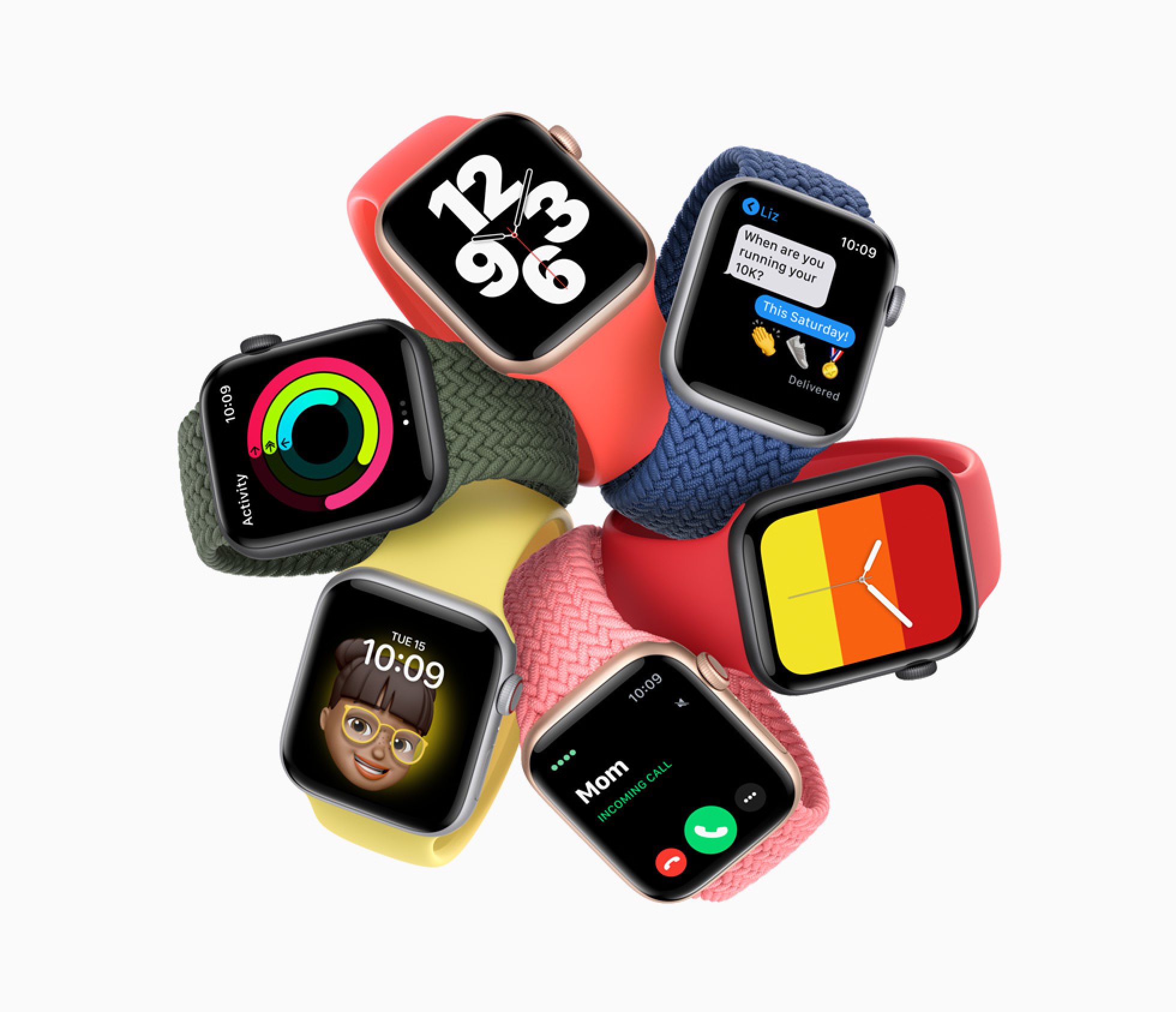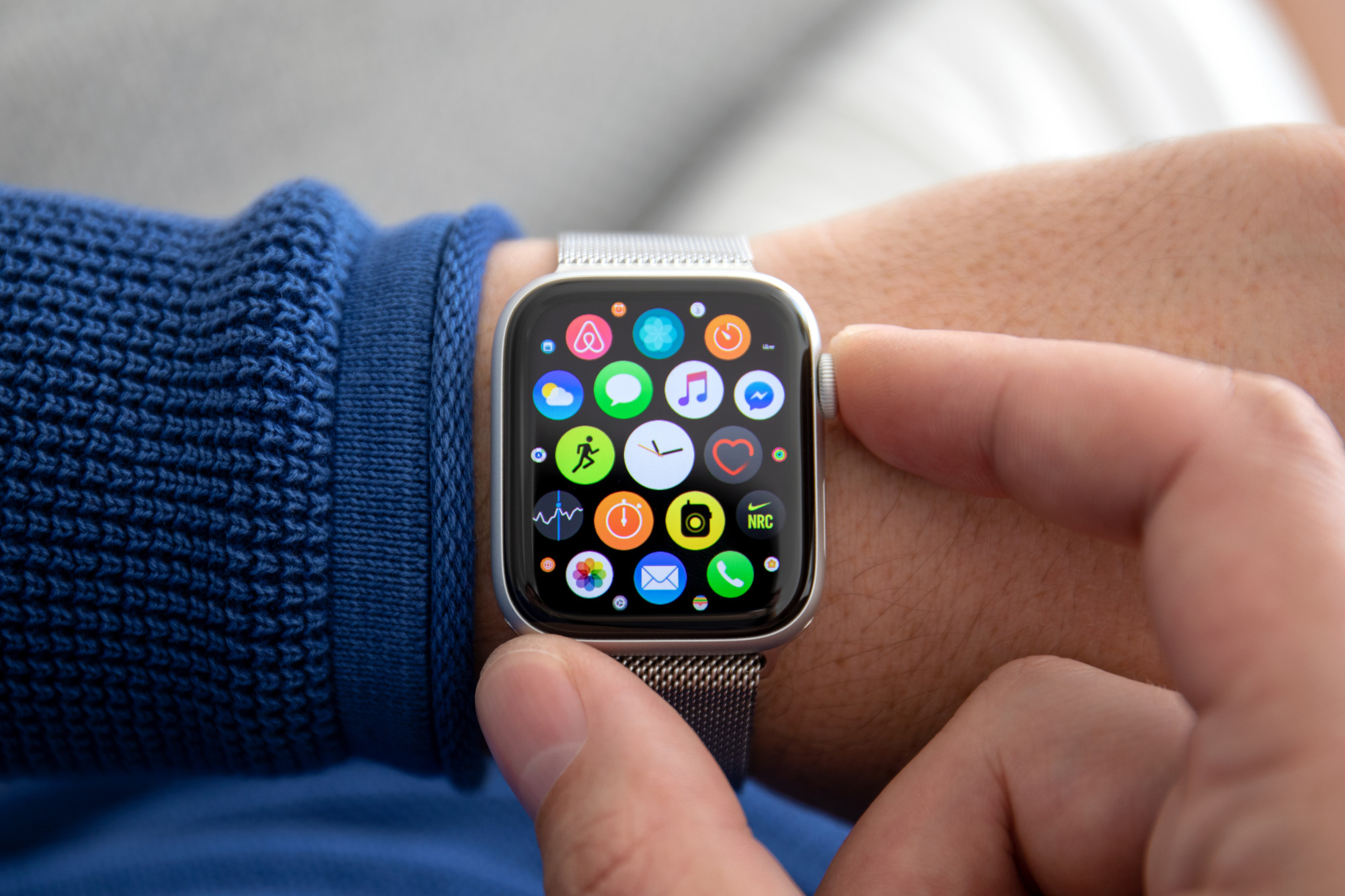
Apple leans into health and wellness apps, with planned AI-powered health coaching, mood tracker and blood monitors
- Apple’s new health and wellness functions to its devices include using AI and data to offer tailored coaching programmes for its user
- Also on the cards are blood pressure and blood sugar monitors, and a mood tracker which will gauge users’ emotions
Apple is working on a health coaching service powered by artificial technology and new technology for tracking emotions, in its latest attempt to entice users with health and wellness features.
The new coaching service – code-named Quartz – is designed to keep users motivated to exercise, improve their eating habits and help them sleep better, according to people with knowledge of the project.
The idea is to use AI and data from an Apple Watch to make suggestions and create coaching programmes tailored to specific users, said the people, who asked not to be identified because the initiatives haven’t been announced yet.
The move is part of a broader health push at the company, which has made such features central to its devices, especially the Apple Watch.

An Apple spokeswoman declined to comment on the company’s plans.
The Quartz initiative is reminiscent of LumiHealth, a wellness and coaching service Apple launched in partnership with the Singapore government in 2020.
One difference is that the Singapore-based program could pay out monetary awards to users who stayed healthy, while Apple’s new in-house service will carry a monthly fee – like many of its other digital offerings. It will also be its own app.
The service is planned for next year, but could ultimately be cancelled or postponed. The project is being driven by several Apple groups, including its health, Siri and AI teams, as well as its services division.
In the nearer term, Apple plans to roll out an iPad version of the iPhone health app for the first time. The change, which will allow users to see electrocardiogram results and other health data in a larger format, is planned to be included as part of iPadOS 17 later this year.

The hope is that an iPad version will boost the app’s popularity in healthcare settings, where tablets have already made inroads. The app is central to the company’s health efforts, serving as a repository for fitness data collected by the Apple Watch and outside health records.
It is also a portal for users to share information with their doctors.
The tools for tracking emotion and managing vision conditions, such as nearsightedness, will be added to the health app this year.
The initial version of the emotion tracker will let users log their mood, answer questions about their day and compare the results over time. But in the future, Apple is hoping the iPhone could use algorithms to determine a user’s mood via their speech, the words they’ve typed and other data on their devices.
Apple is aiming to unveil the new iPad app, and the tools for managing emotion and vision, in June at its annual Worldwide Developers Conference.
But the coaching service, a more significant step, won’t be announced this year, according to the people.
The company’s health efforts kicked off publicly in 2014 with the launch of a dedicated app and then expanded rapidly with the Apple Watch a year later.

The health strategy has become core to the company, and Apple has added new features for taking EKGs, analysing atrial fibrillation, fall detection and sleep tracking. The work has become a major selling point for its smartwatch.
Instead, it is meant as an extension of the company’s Find My service and other location features. It stems from a desire to add more social networking elements to those functions.
Users could use the app to, say, write a journal entry about their walk to work. The Wall Street Journal previously reported on the journaling app.
Apple is planning to extend the health push by bringing a basic form of blood-pressure monitoring to its watch in the next few years.
The feature probably won’t show exact diastolic and systolic numbers, but instead tell an Apple Watch wearer if they may have hypertension. The user would then be directed to try a conventional blood-pressure monitor or see a doctor.
It’s now working to shrink the system down into a device that’s about the size of an iPhone. The company eventually aims to make the technology even smaller, fitting the sensor into a future Apple Watch.

